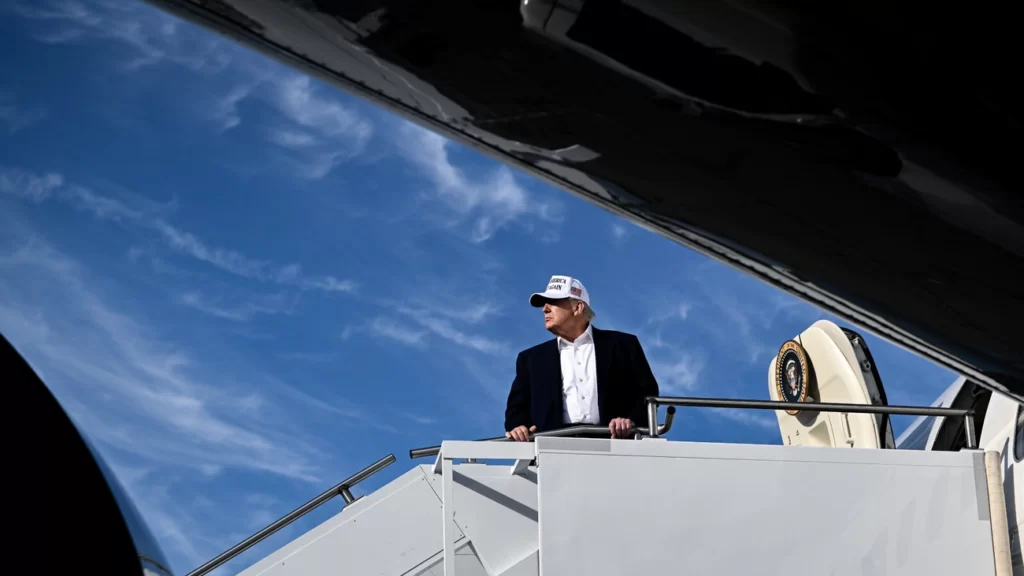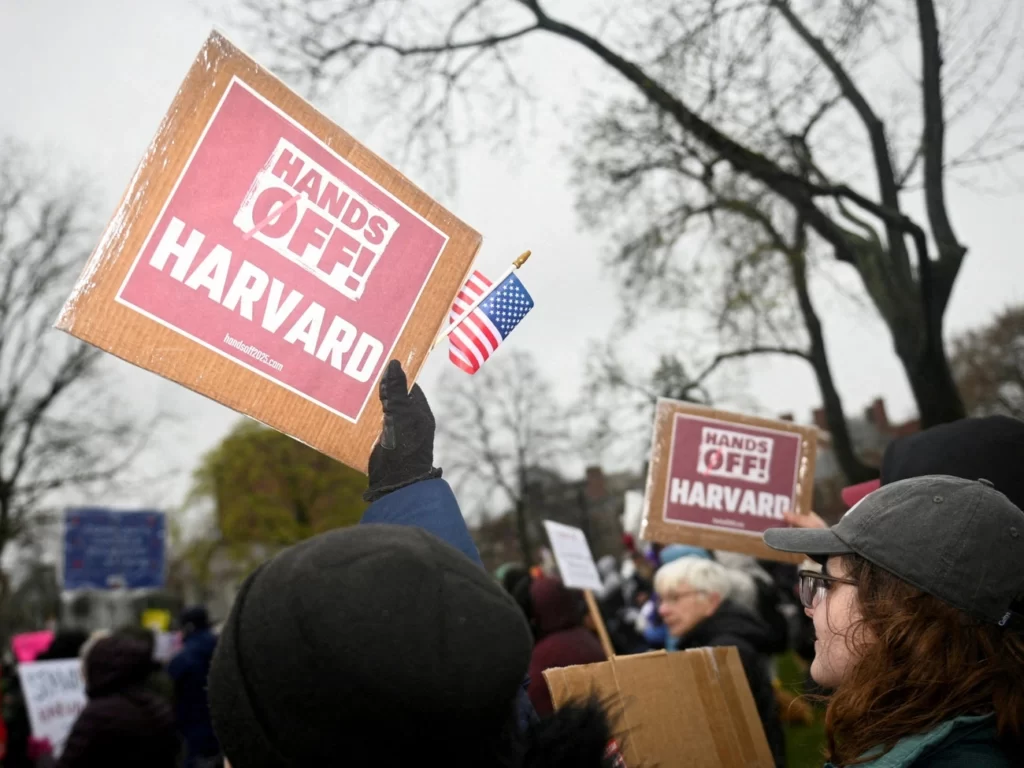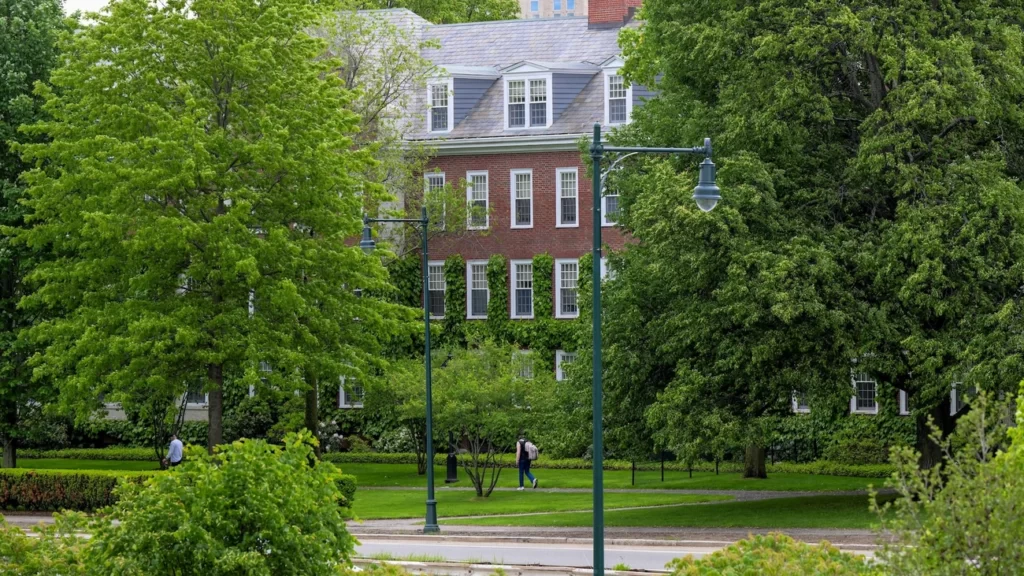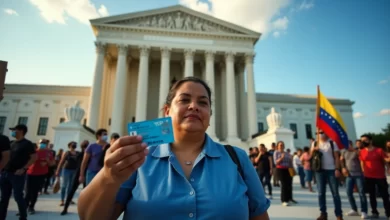Trump redirects $3B in Harvard grants to trade schools

Harvard University might lose $3 billion in federal grant funding as President Trump thinks over sending this money to trade schools. The frozen grants have hit the university’s biomedical research programs hard. This radical alteration shows how federal education funding priorities have changed.
The university’s challenges keep growing. Harvard’s president addressed worries about antisemitism on campus in an April interview. The Trump administration had already frozen $2.2 billion in federal funding and pointed to these antisemitism concerns as their reason.
The funding cuts reach far beyond Harvard’s main campus. T.H. Chan School of Public Health feels the effects deeply, especially when you have ongoing research projects on tuberculosis and multiple sclerosis at stake. This piece gets into how this unprecedented funding shift took shape and what it means for Harvard’s future and trade school education across America.
Harvard University Faces $3B Federal Grant Cut to Trade Schools

“What a great investment that would be for the USA, and so badly needed!!!” — Donald J. Trump, 45th President of the United States
Donald Trump took his confrontation with Harvard to a new level on Memorial Day. He announced on his Truth Social platform his plans to redirect billions in grant money from the institution. “I am considering taking THREE BILLION DOLLARS of Grant Money away from a very antisemitic Harvard, and giving it to TRADE SCHOOLS all across our land,” Trump stated. Such a move would be “a great investment” for the United States, he added.
Tensions have mounted over several weeks as Trump’s administration already froze about $3 billion in federal grants to Harvard. The administration launched a review of about $9 billion in grants and contracts with the university back in March.
Congress had appropriated most of the frozen funding to the National Institutes of Health for biomedical research. Individual scientists must complete a lengthy application process to receive these grants. Trump’s administration justified these actions by claiming Harvard “has hired Democrats, ‘Radical Left idiots and ‘bird brains’ as professors”.
Trump’s administration has also threatened Harvard’s tax-exempt status and tried to block the university from enrolling foreign students.
Most of the frozen grants support specialized scientific
Harvard’s researchers felt immediate and severe effects from these funding freezes. Scientists received sudden stop-work orders that halted vital projects including:
- Research on radiation exposure that supports cancer treatment and space travel
- ALS diagnostic tool development
- Tuberculosis treatment studies, including a $60 million NIH-backed initiative
The White House hasn’t explained how Trump could legally redirect these funds to trade schools. Most of the frozen grants support specialized scientific research that vocational institutions don’t typically conduct.
Trump’s campaign messages about “rebuilding America” and supporting vocational education line up with his administration’s interest in trade schools. This reflects young Americans’ growing attraction to alternatives beyond traditional four-year colleges.
Harvard sues over funding freeze and foreign student ban

Harvard University sued the Trump administration on May 23, 2025, after the Department of Homeland Security canceled the university’s Student and Exchange Visitor Program certification. This action blocked international student enrollment. The university filed this legal action within hours of the government’s announcement that would disrupt approximately 7,000 international students education at Harvard.
U.S. District Judge Allison D. Burroughs was quick to intervene. She issued a temporary restraining order that stopped the administration’s action until further litigation. She agreed with Harvard that the ban would cause “immediate and irreparable injury” to the university.
Harvard’s court documents claimed that the government acted “in direct retaliation against Harvard for refusing to cede control of its academic prerogatives”. The university’s lawyers highlighted how this would affect its student community: “With the stroke of a pen, the government has sought to erase a quarter of Harvard’s student body, international students who contribute by a lot to the University and its mission”.
Association of American Universities
This case intensified Harvard’s ongoing battle with the administration. The university had already sued over the original $2.2 billion funding freeze on April 21. Harvard then updated this lawsuit on May 14 to add more federal agencies after the government announced another $450 million in funding cuts.
Harvard President Alan Garber sent a letter to the university community that condemned these actions: “The revocation continues a series of government actions to retaliate against Harvard for our refusal to surrender our academic independence and to submit to the federal government’s illegal assertion of control over our curriculum, our faculty, and our student body”.
The ban would hit Harvard’s graduate schools hard, where international students make up much of the student body—approximately half at the Kennedy School and one-third at the Business School. This would also stop thousands of students from attending summer and fall classes.
Barbara R. Snyder, president of the Association of American Universities, described the DHS decision as “an unprecedented decision” and “a cruel and unwarranted disruption.” She warned that it ended up threatening “our country’s future—its leadership in science and innovation and its prosperity”.
Federal agencies suspend grants citing new priorities

Federal agencies have stepped up their funding cuts to Harvard University. Eight agencies have canceled approximately $450 million in grants. This adds to the $2.2 billion freeze from April.
The National Science Foundation (NSF) has ended 193 grants worth nearly $150 million. The Department of Defense has stopped 56 grants valued at $105 million. The biggest hit comes from the National Institutes of Health—the world’s largest public funder of biomedical research with its nearly $48 billion budget. They are cutting more than 600 grants worth about $2.2 billion over several years.
Termination letters state these grants “no longer effectuate agency priorities” or “no longer line up with current NSF priorities and/or programmatic goals”. The NSF has updated its list of deprioritized research areas to include environmental justice.
A $20 million quantum materials center
The cuts have hit Harvard T.H. Chan School of Public Health the hardest. The school depends on federal government funding for 59% of its budget—more than any other Harvard school. Other schools’ outside funding looks different:
- Harvard Medical School: 35%
- Graduate School of Education: 22%
- Kennedy School of Government: 16%
- Harvard Law School: 3%
These cuts threaten vital research projects in many fields:
- Walter Willett’s forty-year study linking diet to heart disease and cancer
- Sarah Fortune’s tuberculosis prevention research
- Marc Weisskopf’s research on high ALS rates in military veterans, spanning 20 years
The cuts also affect quantum physics research—a stated priority of the Trump administration. A $20 million quantum materials center grant was canceled along with several multimillion-dollar quantum computing grants.
Harvard has stepped in with $250 million of its own funds to support affected research temporarily. University officials admit this won’t cover all the losses. Harvard’s President Alan Garber will take a 25% pay cut next fiscal year.
Universities in Europe and China are already trying to recruit Harvard researchers. This raises concerns about America’s future scientific leadership.
The Far-Reaching Implications of Harvard’s Funding Battle
The Trump administration’s unprecedented face-off with Harvard University shows a dramatic change in federal education funding priorities. Of course, moving $3 billion from Harvard to trade schools means more than just shuffling money around – it marks a fundamental change in how America invests in academics.
Harvard fights back through legal challenges against the funding freeze and international student ban to protect its academic freedom. These actions have already disrupted the most important research projects from tuberculosis treatment to quantum physics.
Researchers face tough choices now. Harvard’s brightest scientific minds have started taking positions in other countries, which raises serious questions about America’s ability to compete scientifically. Harvard’s laudable $250 million allocation tries to keep affected programs running, but this money is nowhere near enough to replace the billions in frozen federal grants.
American higher education and research
This controversy points to bigger questions about federal research priorities and institutional independence. Trade schools play a vital role in our educational system. The sudden end to ongoing scientific research—particularly studies that directly affect public health—could create knowledge gaps that might take decades to fill.
The ongoing situation forces us to think over what these funding decisions mean for Harvard and American higher education and research. The precedent set by this confrontation could alter the map of federal research funding distribution for years ahead.

